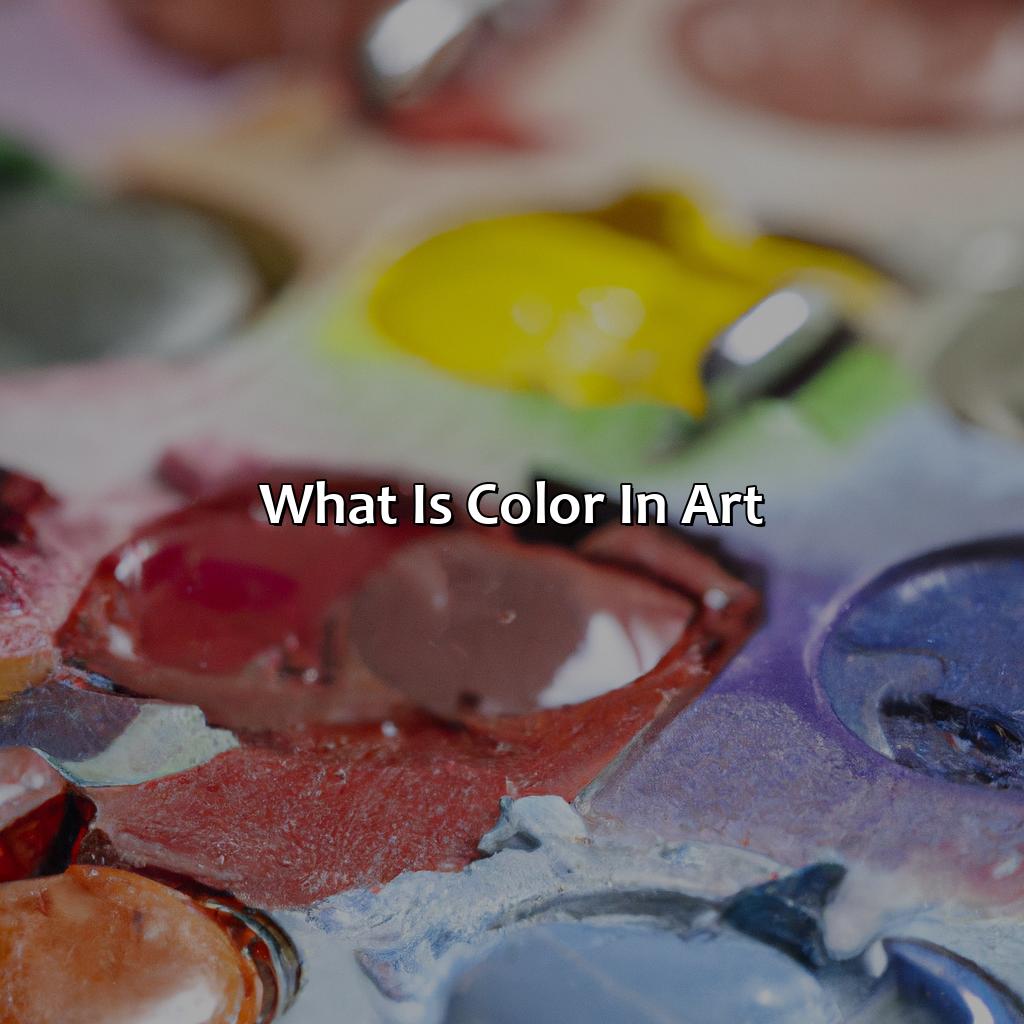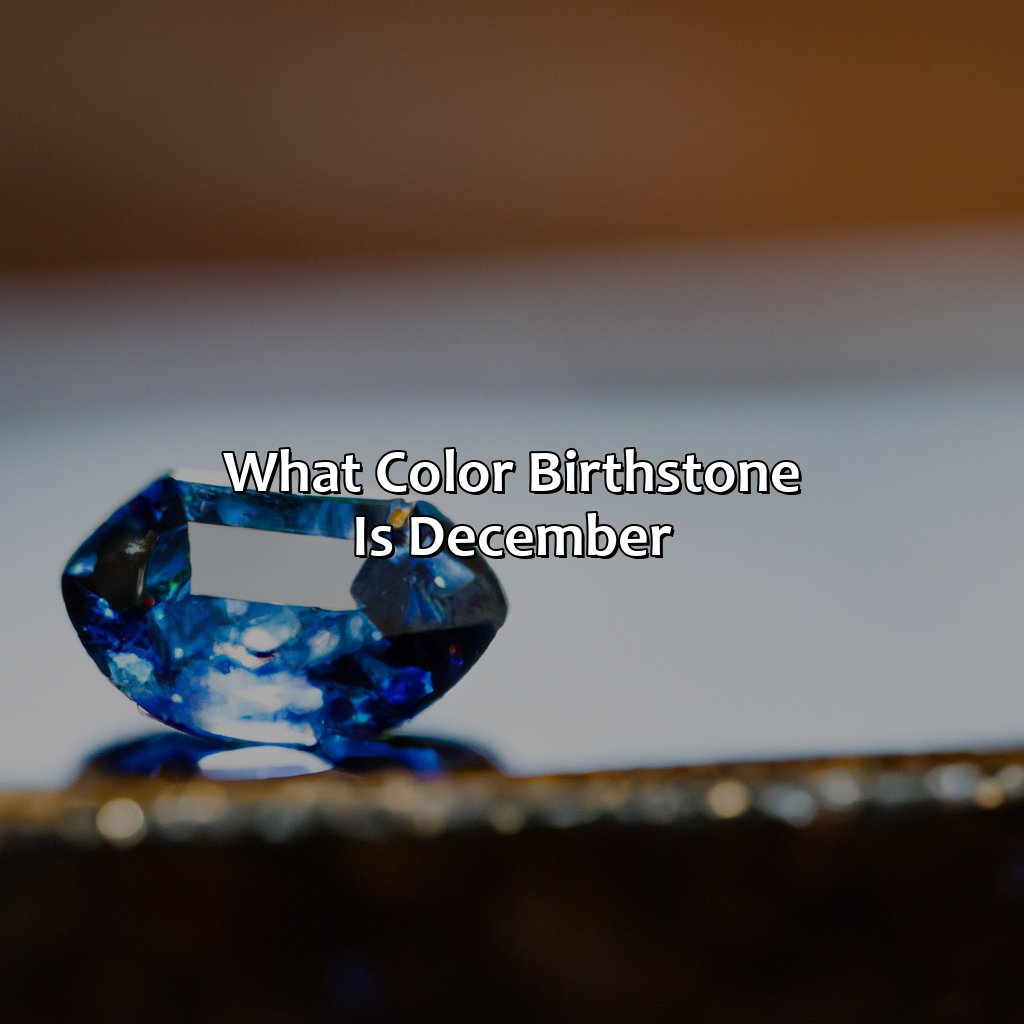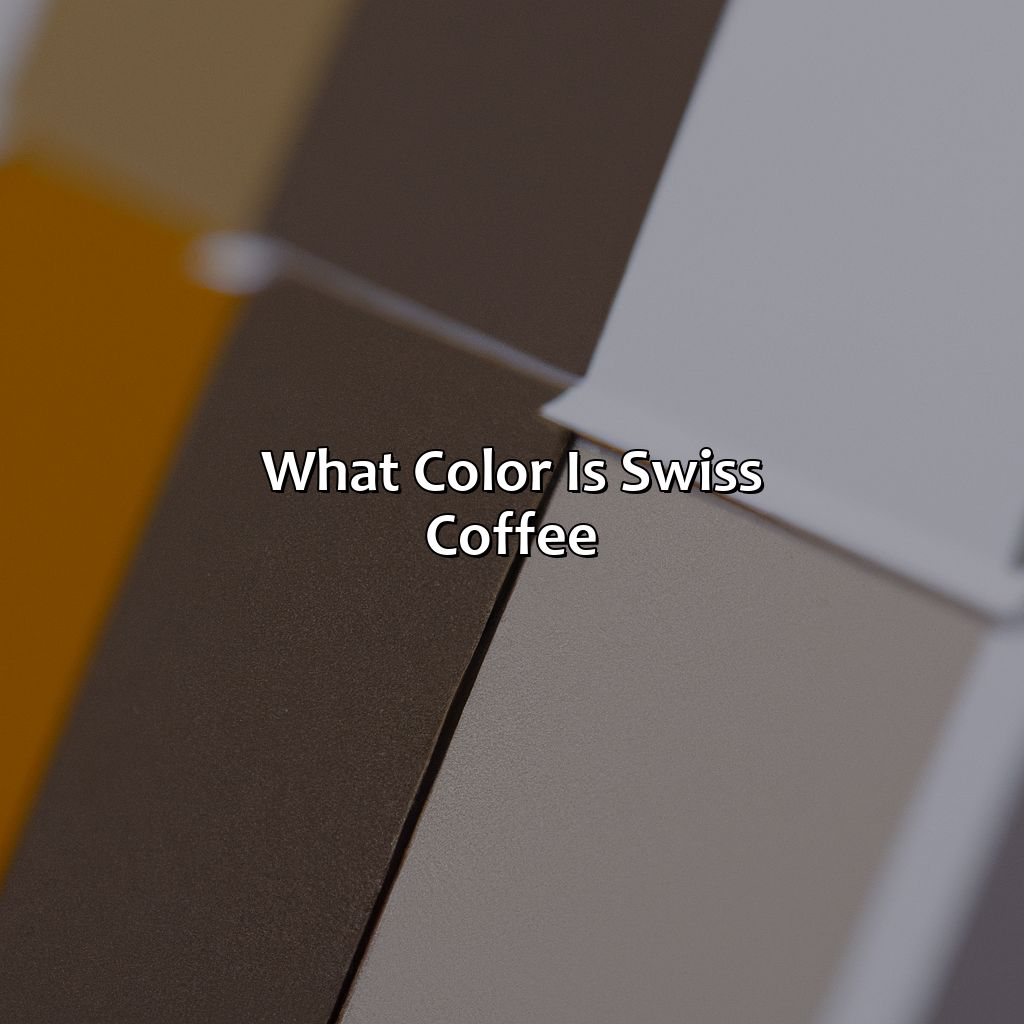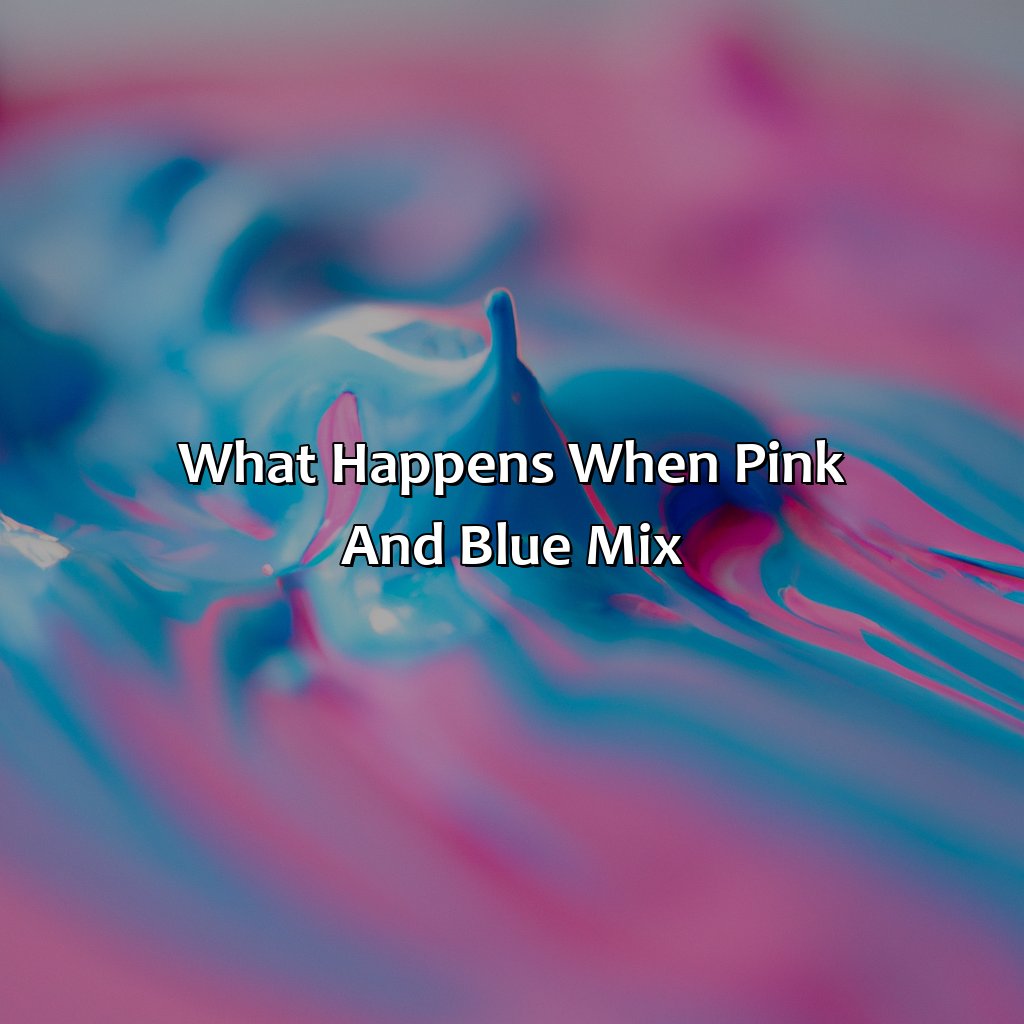Key Takeaway:
- Color plays a crucial role in art creation as understanding color is essential to creating a visual masterpiece.
- Color theory lays the foundation for understanding the intricacies of color. This includes learning about primary, secondary, tertiary colors, warm and cool colors, complementary colors, and color contrast.
- Color in art history has been significant as it has been used to depict different cultures, symbolize meanings, and has been a focus of famous colorists in art.
- The psychology of color is important as different colors evoke different emotions, and artists use it to express emotions, market their brands, and create an impact.
- Color is also significant across different art forms, including painting, drawing, photography, digital art, sculpture, textiles, graphic design, and branding.
- Understanding color schemes and color symbolism is crucial to creating compelling art and can even impact children’s art development and serve in color therapy.
The Importance of Understanding Color in Art
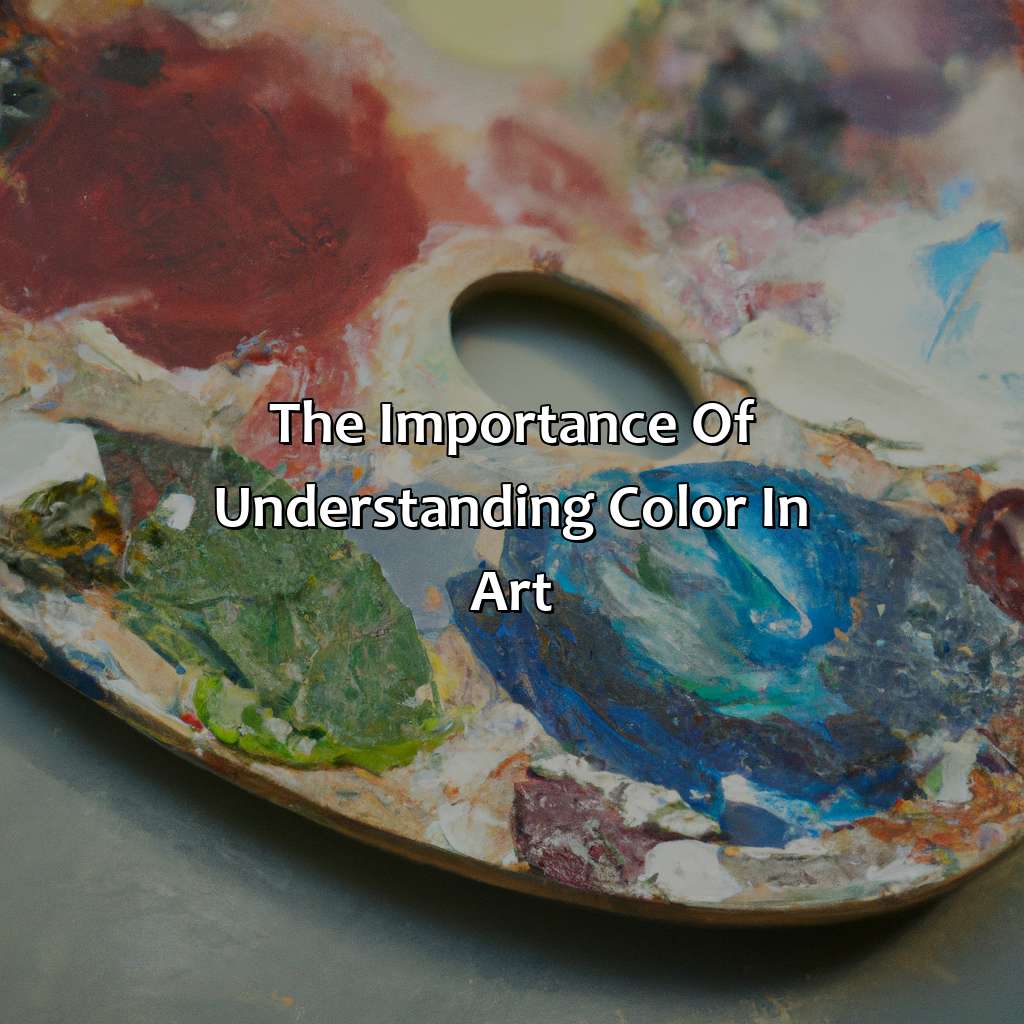
Photo Credits: colorscombo.com by Jason Allen
Delve into the significance of hue in art! Color theory consists of primary, secondary, and tertiary colors. Distinguish between warm and cool shades. Experiment with complementary colors and contrast of color.
The Basics of Color Theory
Color theory in art is the foundation for understanding and utilizing colors effectively. It involves learning about color relationships, the color wheel, and color schemes. By studying the principles of color theory in art, an artist can create harmonious compositions that are visually appealing to their audience. The color wheel is a tool that demonstrates how primary colors mix to create secondary and tertiary colors. An understanding of warm and cool colors and complementary colors can greatly enhance an artist’s ability to manipulate these elements to create a desired effect.
When working with color in art, it’s important to consider the cultural significance of certain hues. Throughout history, different cultures have associated particular colors with emotions, events or states of being. Famous artists throughout history have utilized color as a crucial element in their works of art. Color can elicit powerful emotions from viewers, depending on the context and placement of each hue.
Understanding the psychology of color is also vital for artists looking to convey meaning or set a certain mood in their artwork. Different colors are widely believed to symbolize varying themes and emotions—for example, red representing passion or anger, blue representing calmness or peace.
Painting and drawing are two popular ways for artists to represent their use of color in their artwork. Similarly, photography offers another outlet for exploring the effects of light and shadows on hues while digital art enables artists to experiment with limitless combinations.
Pro Tip: When designing an artwork composition with the use of multiple hues, select your palette carefully! A well-coordinated selection ensures you are successful at conveying your intended emotion/themes through your creation without overwhelming some parts over others. Mixing primary colors in art creates new shades, but mixing all the colors together just makes brown (or as I call it, the color of disappointment).
Primary, Secondary, and Tertiary Colors
Color choices are vital in art as they can evoke different emotions and send various messages to viewers. Understanding the color theory is crucial for artists to ensure that they use colors effectively in their pieces. Exploring the topic of color in art, primary colors, secondary colors, and tertiary colors play a significant role.
- Primary colors in art create all other hues and cannot be made through mixing other colors.
- Secondary colors in art combine two primary shades to create green, orange, or purple.
- Tertiary colors in art mix one primary hue with one secondary shade to form yellow-green, red-orange or blue-violet.
Furthermore, learning about warm and cool tones is equally essential as it impacts the emotional effect of your artwork on viewers. Primary, secondary and tertiary hues possess warm or cool variants that can impact the feeling the artwork conveys.
As we look back into history, color symbolism influenced individual contexts and cultures. Artists like Van Gogh were renowned for their unique approach to employing color in their works. However, it’s not just about artistic techniques. Even digital artists need to consider how they use color palettes to convey an emotion or message effectively.
Lastly, there have been instances where brands have used specific shades successfully as part of a campaign. Take Starbucks’ green siren logo or Coca-Cola’s recognize red hue packaging – making specific choices add more value than merely incorporating a colorful palette.
Artists use warm colors like fire and cool colors like winter to evoke emotions and set the tone of their work.
Warm and Cool Colors
Warm and cool palettes in art are classified on the basis of their visual temperature. The spectrum of warm colors in art consists of reds, oranges, and yellows that evoke feelings of happiness and excitement while signifying passion, energy, and aggression. On the other hand, cool colors in art include greens, blues, and purples which bring calmness and serenity to the viewers’ eyes; often symbolizing intellectuality or sadness.
Artists use warm colors in art when they want to make a powerful impact on the observer by creating an energetic atmosphere or drama. Cool colors in art enhance their impact through its calming influence that offers tranquility to balance out any potent elements. Incorporating both warm and cool colors in an artwork can create a perfect balance between emotions and aesthetics.
Appropriate use of color is essential to attract the viewer’s attention towards achieving a particular artistic goal. Warm mediums such as oil and acrylic paints complement shades like reds or yellows exceptionally well. At the same time, cool hues such as light blues or greens pair magically with watercolor pigments.
Warm colors in art have been applied extensively by artists throughout history for representing fire, sunsets, expressions of love, anger or passion, etc., whereas cool hues were used predominantly for generating soothing landscapes followed by dreamy moods and nature-inspired fantasies.
Pablo Picasso once expressed his fascination with color by saying “Colors speak all languages.” Indeed artists embody this fascination creating thought-provoking masterpieces with vivid intricate combinations of warm and cool colors.”
Complementary colors in art are like frenemies – they don’t always get along, but when they do, it’s a beautiful sight to see.
Complementary Colors and Color Contrast
Complementary colors are hues that sit opposite each other on the color wheel, creating harmonious contrast when placed together.
The contrast between warm and cool colors can also create engaging visual tension in an artwork.
The use of color contrast in art can evoke various emotions and moods, depending on the colors chosen.
In addition to this, it is essential to note that the proper use of complementary colors and color contrast creates depth, establishes focal points, and adds movement to artworks.
A true fact worth mentioning is that Vincent Van Gogh was a master of using complementary colors in his paintings. For example, the use of blue and orange hues in his Starry Night painting creates dynamic balance and emotional impact.
Discover the colorful past of art through the lens of color symbolism and famous colorists in history.
Color in Art History
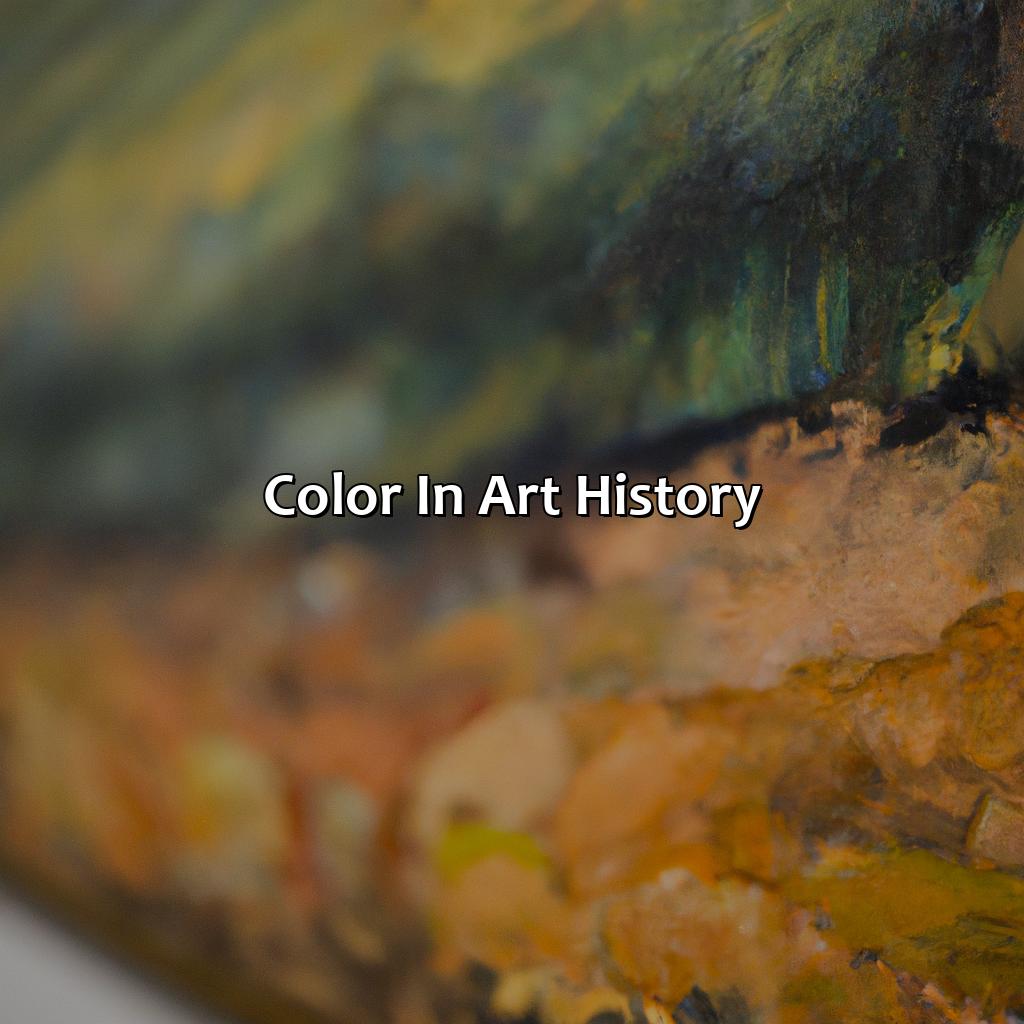
Photo Credits: colorscombo.com by Jacob Campbell
Delve into the colorful history of art! Discover how color symbolism has evolved in different cultures and which famous colorists have made use of color to express emotions in their artwork. Gain insights into how color has been used in art across the ages and in diverse cultures.
Color Symbolism in Different Cultures
Cultural Influences on Color Symbolism
Colors have different meanings across various cultures. In some places, red symbolizes luck and prosperity, while in others it’s a sign of danger. The same goes for other colors like white, black, and yellow. For example, in many Asian cultures, white is the color of mourning, whereas in Western culture, it’s associated with purity and innocence. Some Native American tribes view yellow as symbolic of wisdom and life-giving power. Understanding color symbolism in different cultures is important to avoid misunderstandings or offending people unintentionally.
Moreover, colors also play a significant role in religious practices such as Hinduism and Buddhism where each color represents a particular deity or energy channel (chakra).
Did you know that the ancient Egyptians used blue to represent the Nile river?
If you don’t know your Rubens from your Rothko, get ready to learn about the famous colorists in art history.
Famous Colorists in Art History
Color has played an integral role in the history of art. Many famous artists have used color to bring their artworks to life. These artists are known as ‘Famous Colorists in Art History’.
Some of the most renowned famous colorists in art include Vincent van Gogh, Claude Monet, and Henri Matisse. Each artist’s distinct use of vibrant colors contributed to the development of modern art styles.
Vincent van Gogh is known for his bold use of contrasting colors and thick impasto brushstrokes that convey emotion and power. On the other hand, Claude Monet‘s Impressionist style was characterized by his soft blend of colors that aimed to capture natural light’s reflections and effects.
Moreover, Matisse is regarded for using bright, saturated colors that were inspired by his travels to exotic places like Morocco, Tahiti, and Algeria.
Overall, these artists’ masterpieces continue to inspire new generations of artists and designers who seek to incorporate color with meaningful symbolism into contemporary pieces. Colors in art can evoke emotions and meanings that even therapists envy.
The Psychology of Color

Photo Credits: colorscombo.com by Paul Walker
Grasp the psychology of color in art. Delve into emotions and meanings related to colors. Use color as an instrument to express emotions and communicate meanings in your art. To be effective, investigate the role of color in advertising and marketing. Comprehend how color impacts brand identity and affects consumer behavior.
Emotions and Meanings Behind Different Colors
Colors in art have various meanings and express emotions in unique ways. The analysis of the meaning of color in art is crucial since it symbolizes and communicates messages that words cannot.
The table below displays the emotions and meanings behind different colors in art:
| Color | Emotions | Meanings |
|---|---|---|
| Red | Angry, Passionate, Excitement | Love, Danger, Revolution |
| Yellow | Happy, Energetic, Warmth | Joy, Optimism, Intellect |
| Blue | Calm, Serene, Trustworthy | Stability, Loyalty, Trust |
| Green | Refreshing, Peaceful | Growth, Nature |
| Purple | Romantic, Luxurious | Royalty |
Moreover, white signifies purity and innocence while black represents mourning and darkness. Understanding these connections can help artists communicate their intended emotion effectively.
Furthermore, “Expression of emotion through color in art” is a significant topic that delves into how the selection of colors affects the artwork’s emotional depth. For example, red represents passion while blue signifies calmness; combining both will create contrast and dark feelings.
According to a study by the University of British Columbia published on Science Direct titled “The Emotional Dimensionality of Color,” people associate red with arousal more than any other hue. This implies that color has a strong psychological impact that needs consideration in art.
Want your brand to stand out? Pick the right color, or else you’ll blend in like a chameleon at a rainbow party.
Color in Advertising and Marketing
Color plays a critical role in marketing and branding. Colors have specific psychological effects on human emotions, decision-making, and perceptions. The role of color in marketing is to convey messages through using the right combination of hues. Color influences brand recognition and is used by companies to differentiate their products from others.
In branding, colors are one of the most important elements as they create recognition and evoke feelings among customers. For instance, red is associated with passion or excitement while blue represents trustworthiness and loyalty. Companies use this understanding to create brand identities that resonate with their target audience’s beliefs.
Unique details suggest that the color palette can be different for different countries due to cultural influences. The science behind it is known as ‘cross-cultural marketing.’ Marketers need to be aware of cultural differences in order not to make any blunders that may offend target consumers.
A true fact – In fact, research shows that up to 90% of initial reactions to products are based solely on color alone! (Source: CCICOLOR)
From painting to photography to digital art, the use of color in art is like the spice that adds flavor to a dish.
Color in Different Art Forms

Photo Credits: colorscombo.com by Elijah Thomas
Delve into Painting and Drawing with Color, Photography and Color, and Color in Digital Art to explore the use of color in various art forms. Discover color in landscape and portrait paintings, abstract and contemporary art. Examine color grading in film and photography, and perception for animals. Uncover the role of color in minimalism, installation, performance art, and branding. Also, explore color in sculpture, textiles, and graphic design.
Painting and Drawing with Color
The use of hues to create visual art is a critical aspect of the creative process. Artists harness different shades, palettes and combinations to craft imaginative works. With color in landscape paintings, portrait paintings, and abstract art, painting and drawing with colors involves choosing between different types of paints such as oil, watercolor, or acrylics. One can also paint on various surfaces including canvas, paper, or wood panels.
When painting and drawing with color, artists have to keep in mind the basic principles of color theory juxtaposing primary, secondary and tertiary hues to produce desired effects. The choice between warm colors like reds and oranges or cooler hues such as blues or greens depends on what feeling the artist hopes to evoke in their work. In addition to this interplay between light and dark shades used, audiences are often drawn by the use of complementary colors that oppositely contrast each other.
Color use in portrait paintings is an essential tool for conveying emotion through depictions of skin tones. Bold contrasts can dramatically change how a viewer interprets a subject while subtle nuanced tones can balance representations of human figures and make them more lifelike. In contemporary art, color plays an even bigger role in producing avant-garde pieces that creatively blur lines between reality and imagination.
The world-renowned artist Claude Monet was a pioneer for using subtle changes in hue and lighting techniques within his masterpieces. The Impressionist painter’s talent with color allowed him to capture landscapes perfectly; he demonstrated the power that hues have over visual art entirely by his unique portrayal of sight he labeled luminosity.
Whether it’s capturing the vibrant hues of a sunset or adding a pop of color to a dish, photography and color go hand in hand like a paintbrush and canvas.
Photography and Color
In photography, color plays a crucial role in conveying emotions and mood. Color is a tool for photographers to manipulate the viewer’s perception of the image. Photographers can use color grading techniques to enhance or diminish certain colors to create an intentional effect. Additionally, color in photography can be broken down by genres such as color in film, nature photography, food photography, and so on. Color perception in animals is also significant in wildlife photography as it helps depict their natural surroundings accurately.
Color grading is vital in both film and photography since it affects the visual expression of the intended content. It gives images a subtle nuance that impacts emotions and storytelling by adjusting the hue, saturation, and brightness of specific colors according to various moods and effects. The right combination of colors helps evoke positive feelings when needed, such as happiness or excitement.
Apart from color grading, different genres of photography require specific treatments for their visuals’ desired aesthetic beauty. For example, nature photographers often use lush green tones to represent vibrancy while photographers focusing on food opt for bright colors that accentuate appetite appeal.
Interestingly, animals perceive colors differently from humans; therefore, taking into account their perception when capturing wildlife photographs becomes essential for accuracy.
Color perception serves as a fundamental aspect to comprehend fully how images impact human emotion and psyche. A study showed that texture and shape may determine whether someone likes or dislikes an object or scene while people worldwide respond similarly to primary colors based on upbringing beforehand.
One true fact is Daido Moriyama was well-known for his high contrast black-and-white photos until switching to colour later in his career after he viewed the saturated colors of American magazines during his travels there in 1971.
From minimalist digital designs to vibrant installations, color plays a crucial role in shaping the identity and impact of various art forms.
Color in Digital Art
Color is an integral part of digital art and plays a significant role in creating visual impact. The combination and the contrast of colors can influence the overall composition, mood, and emotions evoked by the artwork. In digital art, color can be manipulated through software tools to achieve various effects.
Digital artists use color in diverse ways depending on the type of art form. For instance, minimalist artworks often utilize limited color palettes to create a sense of simplicity, while installation art often employs vibrant colors to evoke immersive experiences. Performance artists may play with color theory to generate emotional responses from their audience.
The use of color is also significant in other forms of digital art like sculpture, textiles, graphic design, and branding. Artists are intentional about their choice of colors as they work to convey their message effectively to viewers.
In contrast to traditional painting or drawing mediums, digital artists can experiment with different shades and hues easily and quickly. Digital tools provide greater flexibility for them to adjust lighting and contrast levels, enhance colors or saturate them.
It is worth noting that technology has significantly influenced how a range of disciplines approach color manipulation in their respective fields. For instance, within graphic design or advertising industries where visuals are paramount for brand marketing purposes, luminous colors and complementary contrasts are essential strategies employed for making impactful impressions on potential customers.
Accordingly, Cuberto’s campaign for NAK shoes utilized bright gradients that represented the ‘spectrum’ effect to create mesmerizing images that caught attention instantly on social media platforms.
In summary, color is an integral part of digital art that is manipulated with purposeful intent depending on the art medium deployed. Technology has provided modern-day artists with diversified tools enabling them now more than ever before to produce visually fascinating works for diverse audiences engagingly.
Five Facts About Color in Art:
- ✅ Color is a fundamental element of art, used to create visual interest and convey emotion. (Source: The Art Story)
- ✅ Primary colors are red, blue, and yellow, and secondary colors are green, orange, and purple. (Source: My Modern Met)
- ✅ Color theory explores the relationships between different colors, including complementary, analogous, and triadic combinations. (Source: Artsy)
- ✅ Different cultures have different meanings associated with colors, such as red symbolizing good fortune in China and purity in Western societies. (Source: Smithsonian Magazine)
- ✅ Color has been used throughout art history to convey symbolism, such as blue representing the Virgin Mary in Renaissance art. (Source: The Conversation)
FAQs about What Is Color In Art
What is color in art?
Color in art refers to the pigmentation of a surface or medium used to create an artwork. It is a crucial element of art, influencing the mood, emotion, and overall impact of a piece.
What are the primary colors in art?
The primary colors in art are red, yellow, and blue. These colors cannot be created by mixing other colors and serve as the foundation for all other colors on the color wheel.
What is color theory in art?
Color theory in art is the understanding and use of color harmony, contrast, and temperature to create visually appealing and effective artwork. It involves the understanding of the relationships between colors and the psychological effects they have on viewers.
What is the meaning of warm and cool colors in art?
Warm colors in art are associated with emotions such as warmth, passion, and energy. These colors are red, orange, and yellow. Cool colors, on the other hand, evoke feelings of calmness, serenity, and relaxation. These are blue, green, and purple.
What is the significance of color in art history?
Color has played a significant role in art history, from the bold primary colors of the Fauvists to the muted palettes of the Renaissance. Color has been used in art to express political, cultural, and social messages, as well as to enhance the aesthetic impact of artwork.
How does contemporary art use color?
Contemporary art often uses color in innovative ways, challenging traditional understandings of color theory. Artists experiment with color mixing, neon and fluorescent hues, and even absence of color to create striking and unconventional works.
